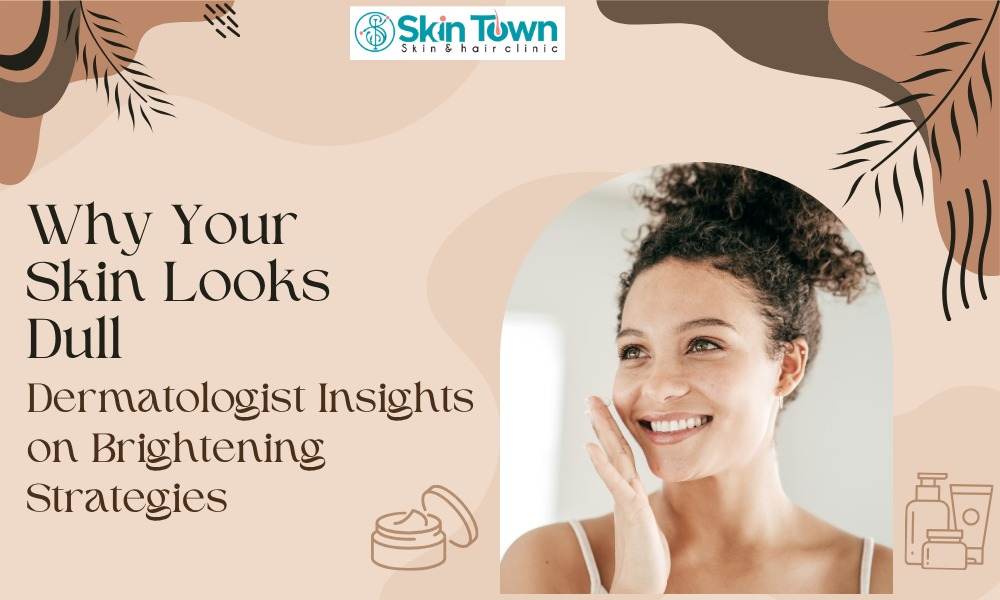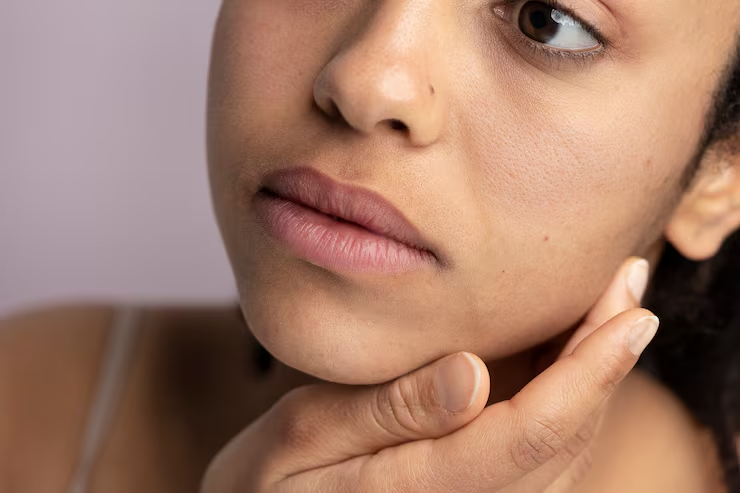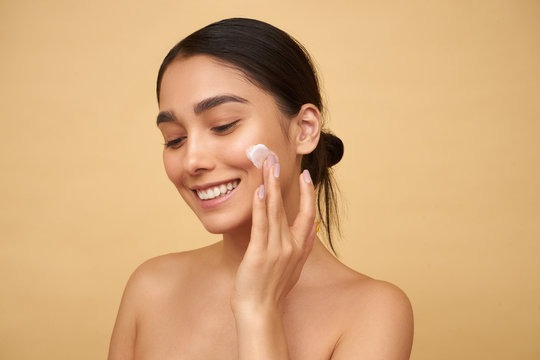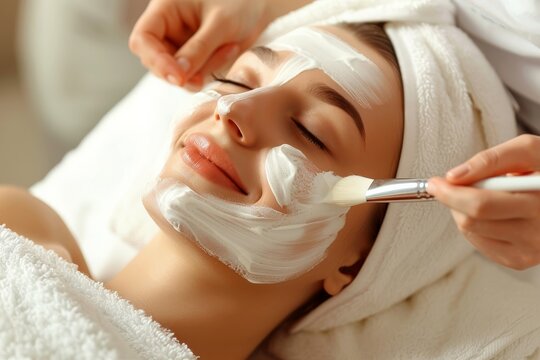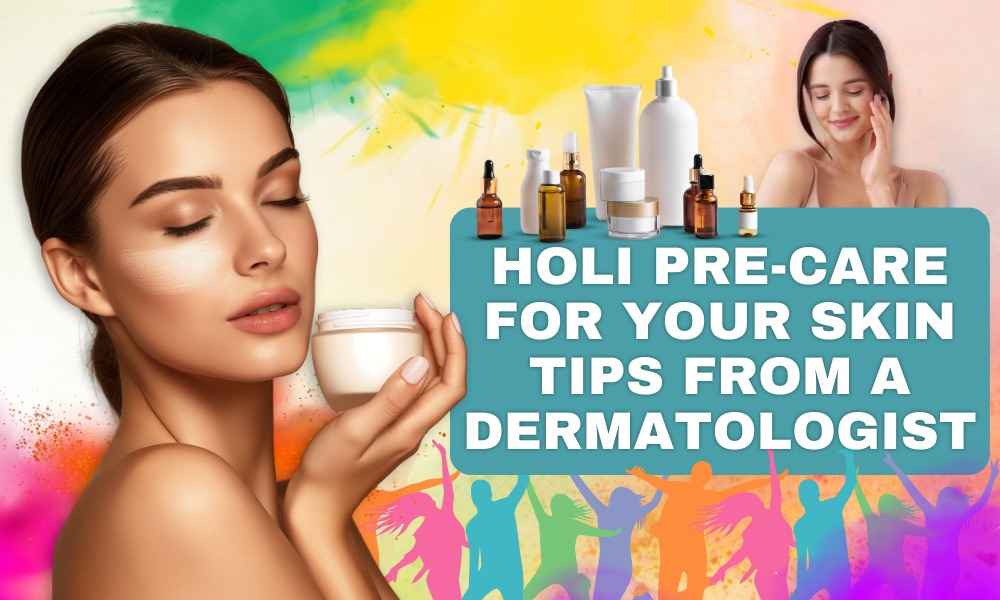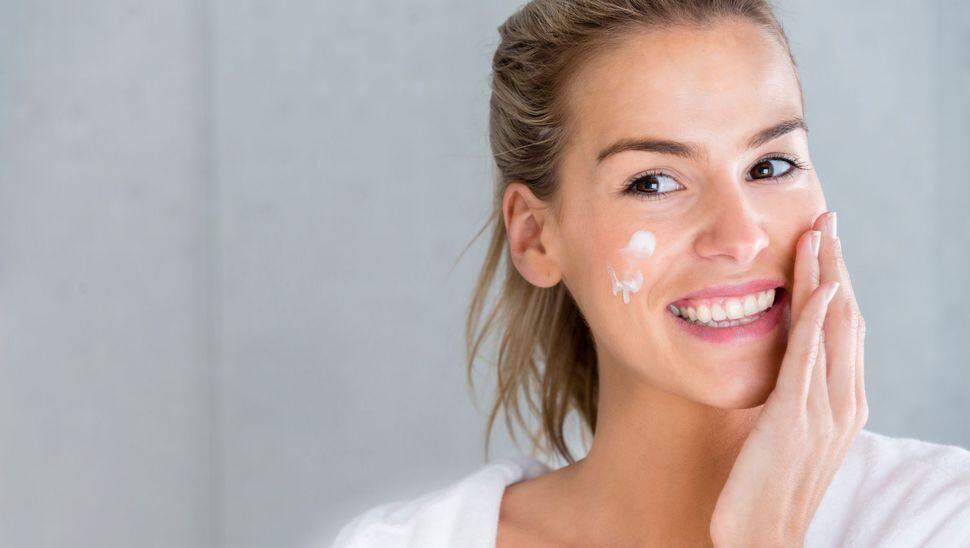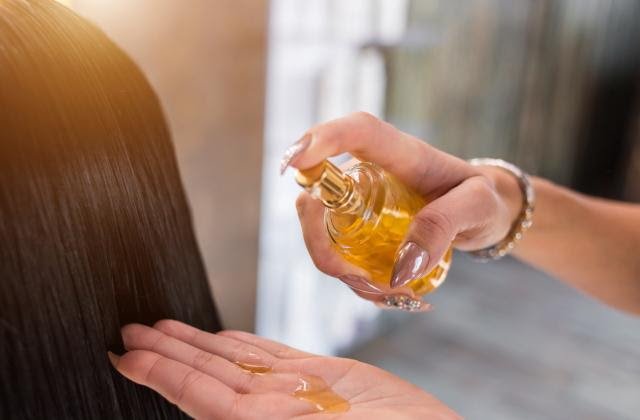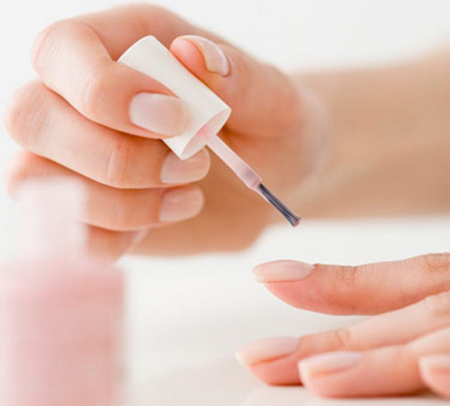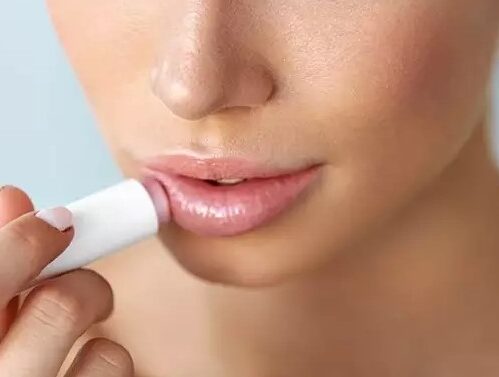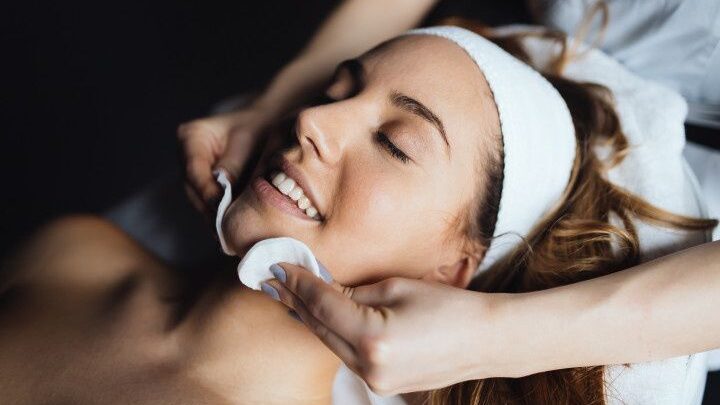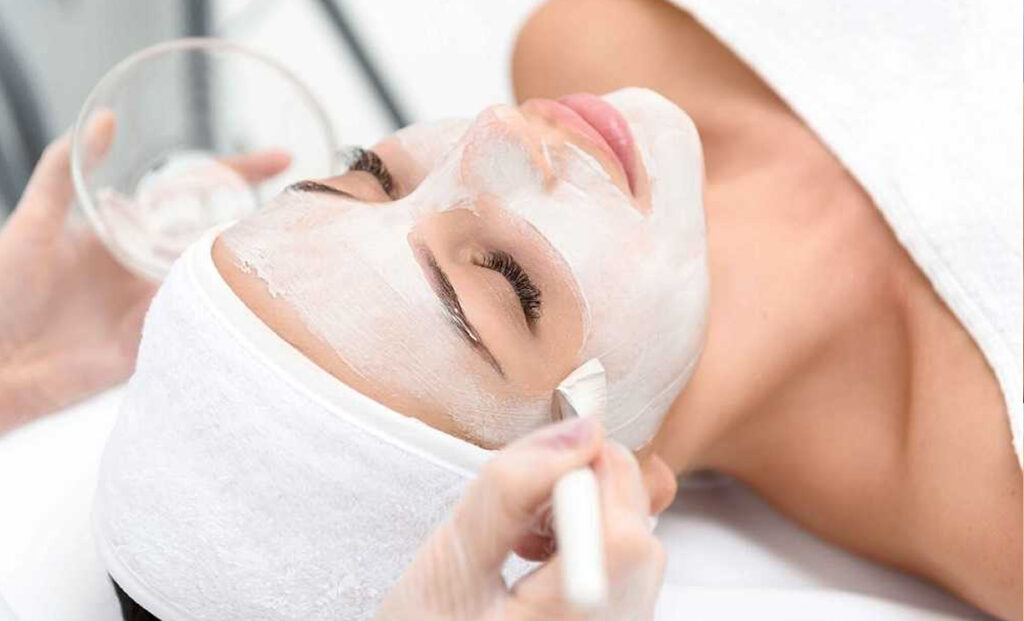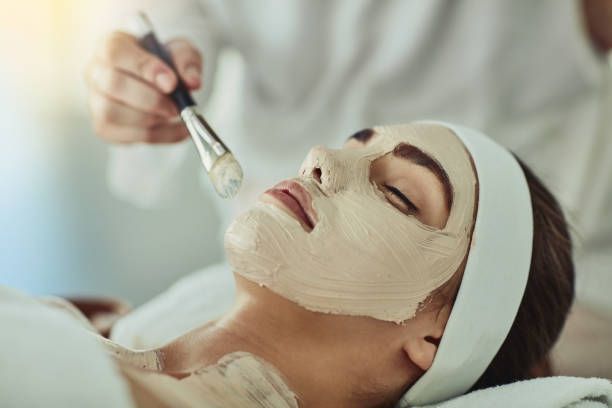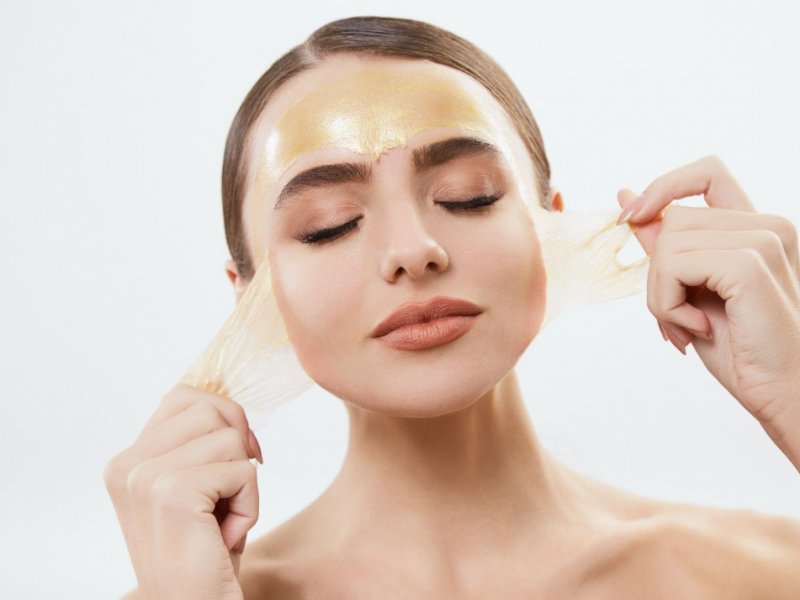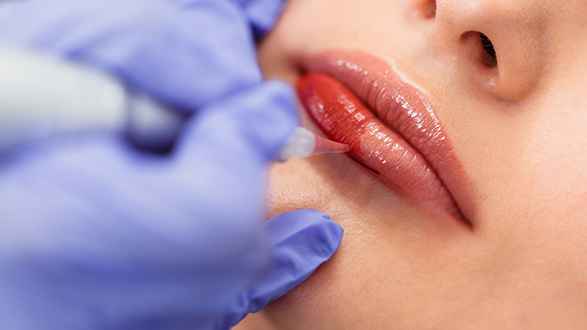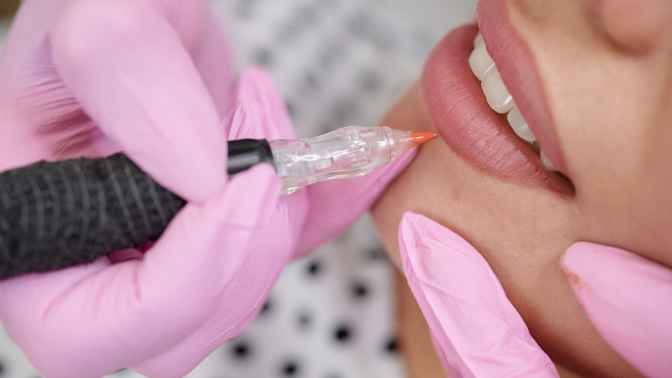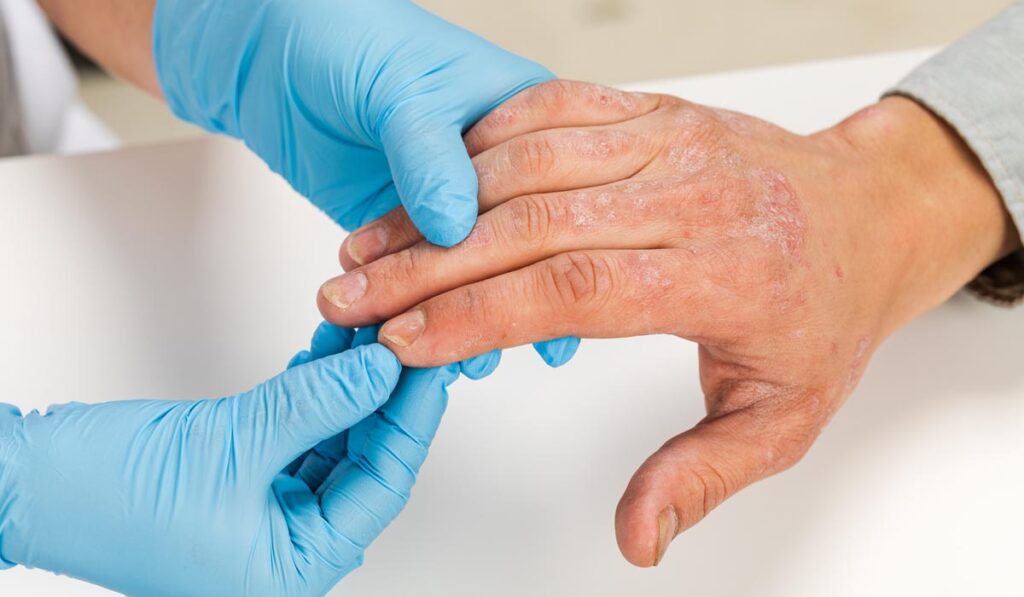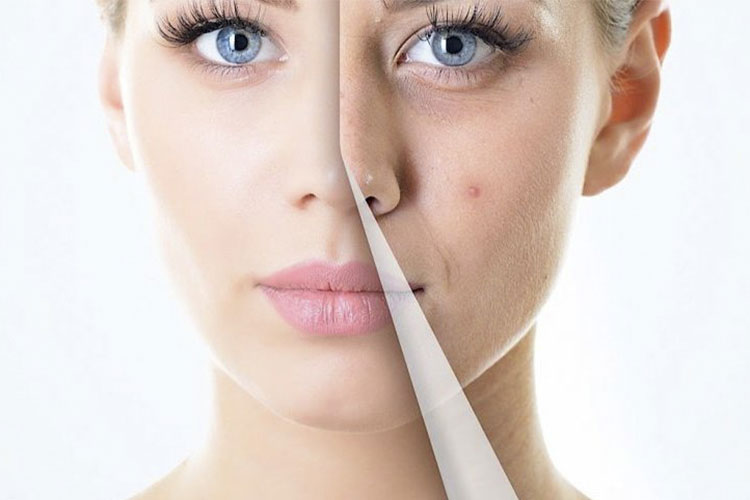Diwali is one of the most celebrated festivals in India. It brings lights, sweets, and festive cheer—but it also comes with a major challenge for your skin. The air during Diwali is often filled with smoke from firecrackers, dust, and chemical pollutants. For many, this leads to skin irritation, rashes, dryness, and even premature aging. As a dermatologist, I often see patients suffering from these skin issues post-festival. With a few proactive steps, you can enjoy Diwali without compromising your skin health.
Understanding the Impact of Diwali Smoke on Skin
Firecrackers emit a combination of particulate matter and chemical contaminants, such as sulfur dioxide, nitrogen oxides, and heavy metals. When these contaminants settle on the skin, they can:
• Cause oxidative stress: Free radicals from smoke can harm skin cells, causing premature aging.
• Trigger irritation: Redness, itchiness, and rashes are usual in sensitive skin types.
• Tangle pores: Chemical and smoke residue can cause blackheads, acne, and dull skin.
Individuals with pre-existing conditions such as eczema, psoriasis, or acne could develop aggravated symptoms during this period.
Tips to Protect Your Skin During Diwali
1. Cleanse Properly Before Stepping Out
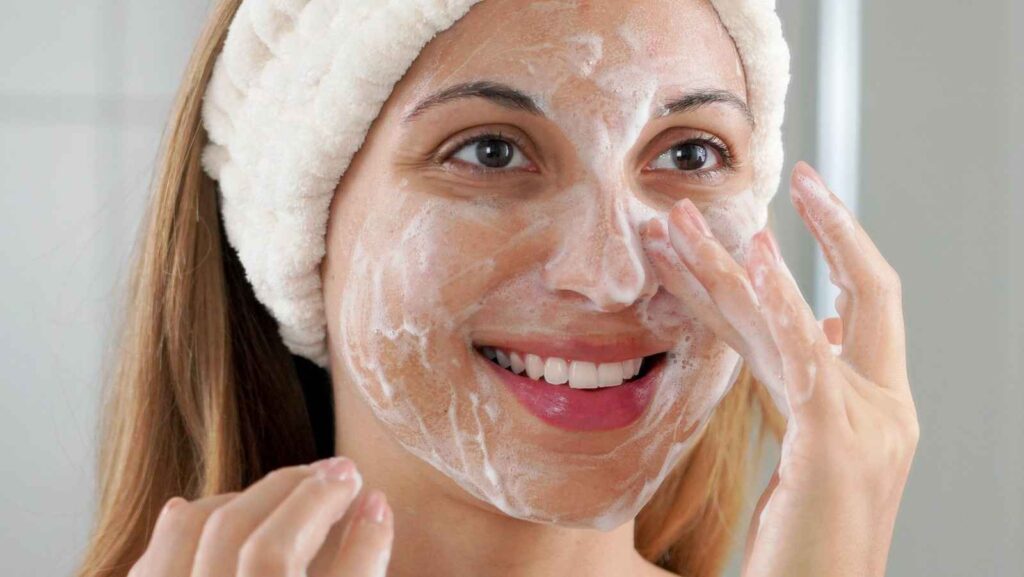
Before you head out for celebrations, cleanse your face with a gentle, non-drying cleanser. This creates a protective base for your skin and removes excess oil that can attract pollutants. Avoid harsh soaps that strip your skin’s natural barrier.
2. Apply a Protective Barrier
Apply a moisturizer that contains antioxidants or a barrier cream. Some ingredients that can help shield your skin from free radical damage caused by pollution and smoke include Vitamin C, Vitamin E, and niacinamide. An oil-based moisturizer applied lightly can also serve as a barrier against chemical pollutants.
3. Use Sunscreen Even in the Evening

UV light can be less intense in the evening, but sunlight that is reflected off surfaces, especially on Diwali, can still damage your skin. Apply a broad-spectrum sunscreen with an SPF of 30 or higher. Some sunscreens also provide an anti-pollution layer that prevents the particles of pollutants from settling on your skin.
4. Wear Protective Clothing
Apply a moisturizer that contains antioxidants or a barrier cream. Some ingredients that can help shield your skin from free radical damage caused by pollution and smoke include Vitamin C, Vitamin E, and niacinamide. An oil-based moisturizer applied lightly can also serve as a barrier against chemical pollutants.
5. Avoid Heavy Makeup
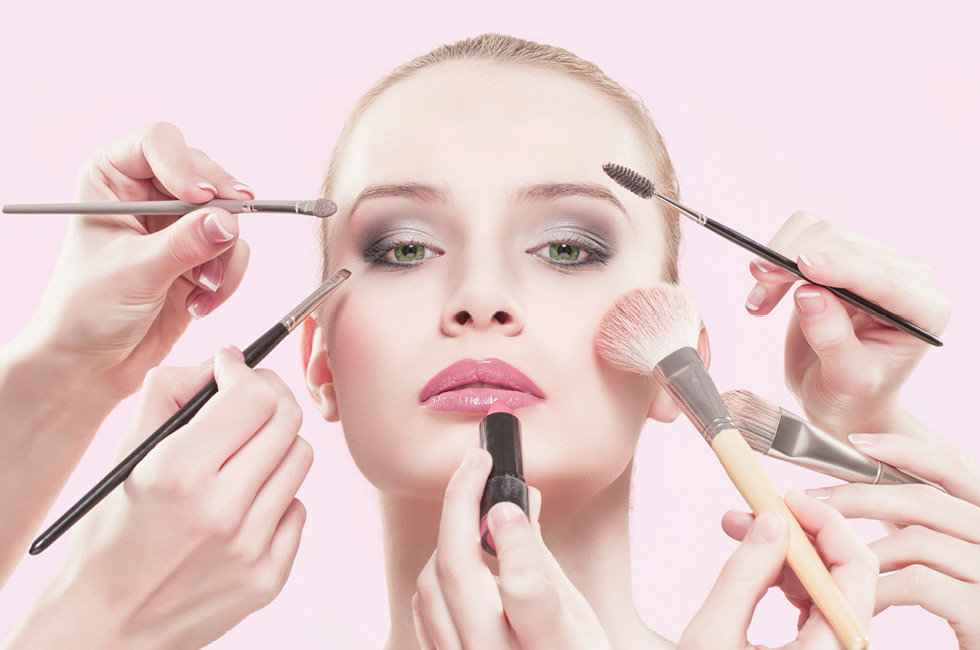
Heavy makeup can trap pollutants, worsening skin issues. If you want to wear makeup for celebrations, opt for mineral-based, non-comedogenic products. Always remove makeup thoroughly after returning home.
6. Post-Celebration Skincare Routine
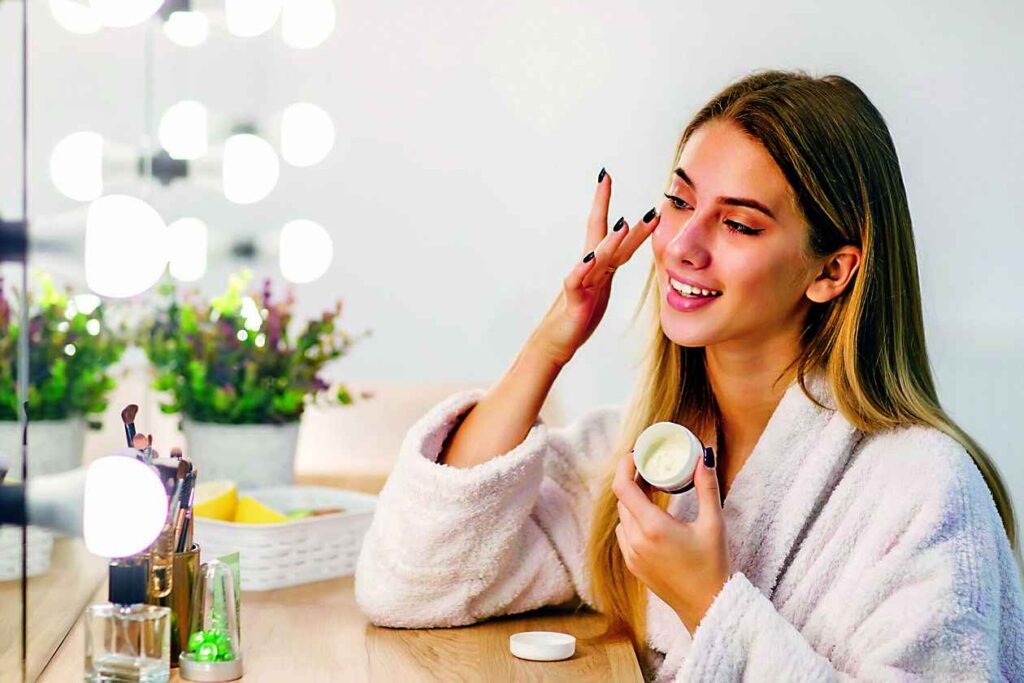
After Diwali, it’s crucial to cleanse your skin thoroughly:
- Double cleanse: First, remove makeup and surface impurities with an oil-based cleanser, then use a gentle water-based cleanser.
- Exfoliate gently: A mild exfoliant helps remove pollutant particles and dead skin cells, but avoid aggressive scrubbing.
- Hydrate and repair: Apply a moisturizer rich in ceramides or hyaluronic acid to restore your skin barrier.
7. Use Antioxidant Serums
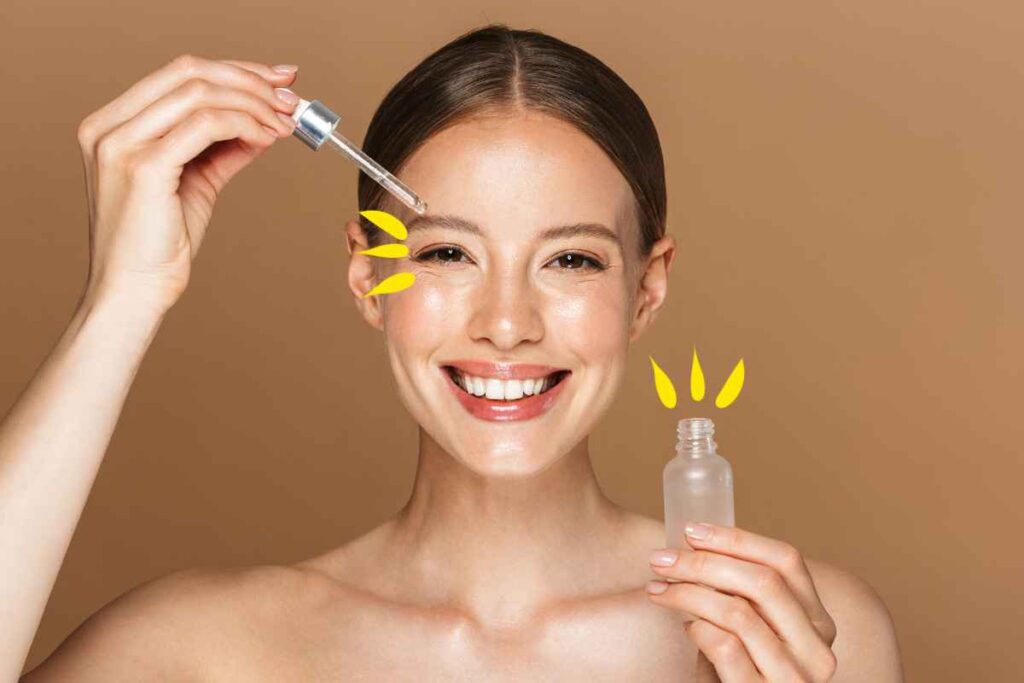
Pollutants lead to oxidative stress, which accelerates skin aging. Serums containing Vitamin C, ferulic acid, or resveratrol help neutralize free radicals and promote skin repair.
8. Stay Hydrated and Maintain Diet

Hydration is key for maintaining your skin barrier. Drink plenty of water and include antioxidant-rich foods in your diet, such as fruits, vegetables, and nuts. Avoid excessive oily or fried foods that may aggravate acne during this period.
9. Seek Professional Help if Needed
If the skin develops symptoms of chronic irritation, redness, or allergic responses following Diwali, visit a dermatologist at once. Skin experts may recommend appropriate treatments like moisturizing creams, anti-inflammatory medications, or professional facials.
We at SkinTown Clinic usually instruct patients on how to prepare for Diwali and keep their skin safe from environmental impurities. Our skin expert in Matunga can suggest customized skincare therapies and routines according to your skin type. Looking for a skin specialist near me? Our skilled dermatologists offer expert guidance to keep your skin healthy and glowing during the festive season.
Conclusion
Diwali is a time to celebrate, but it’s essential to protect your skin from smoke and chemical pollutants. Following simple steps like cleansing, moisturizing, using antioxidants, and wearing protective layers can make a significant difference. Remember, prevention is always better than cure, especially when it comes to skin health.
For personalized care and expert advice, consult the SkinTown Clinic, best skin specialist near me. Your skin deserves attention this festive season and beyond.


